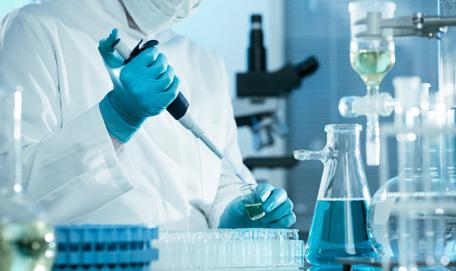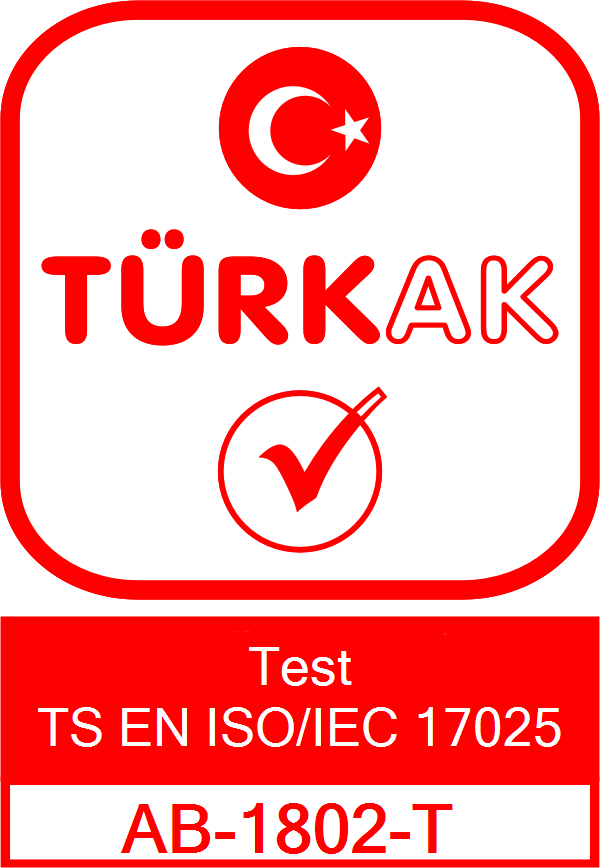
TOC (Total Organic Carbon) Analysis in Medical Products
TOC (Total Organic Carbon) Analysis in Medical Products
Contents
Total Organic Carbon (TOC) analysis is a method used to measure the amount of organic carbon present in a sample. TOC analysis in medical products is very important for the purity and quality control of the products. This analysis has a very important place especially in products that need to be sterile and of high purity, such as injectable drugs, dialysis solutions, and medical devices.
TOC analysis includes the following steps:
Sample Preparation
The sample usually goes through a sample preparation stage first. This could be, for example, adjusting the pH level, filtering it or bringing it to other predetermined conditions.
Oxidation
Organic substances are oxidized to carbon dioxide under high temperature and pressure or using an oxidant.
Carbon Dioxide Measurement
The amount of carbon dioxide formed is usually measured using a conductometric or spectrophotometric detector.
Calculation and Interpretation
Using the measured amount of carbon dioxide, the total amount of organic carbon in the sample is calculated. The obtained values are compared with acceptable limits for a particular product.
Advantages and Disadvantages
The advantages of TOC analysis include the ability to obtain fast and reliable results. However, this analysis method only measures the total amount of organic carbon and cannot be used to identify specific organic compounds in the sample.
TOC analysis of medical products is usually required by regulatory agencies and must comply with certain standards (eg American Pharmacopoeia, European Pharmacopoeia, etc.). High TOC levels may indicate contamination or contamination of the product, creating potential health risks. Therefore, TOC analysis is a critical quality control step in medical products.

